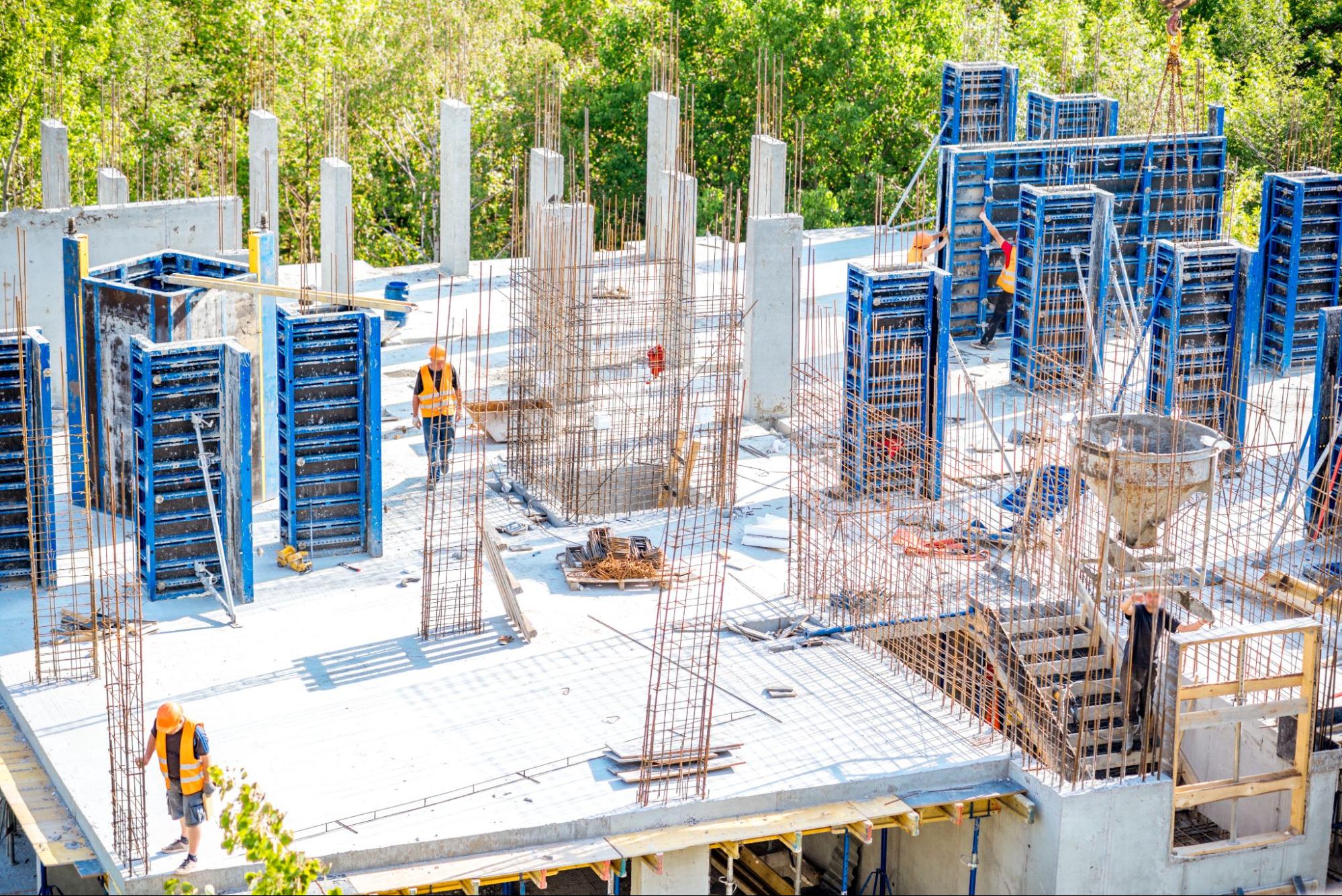Retail construction in Central Florida is undergoing a transformation, shaped by economic factors, rising costs, and shifting consumer behaviors. While new development remains limited, emerging trends indicate how the market is evolving to meet demand. Here’s a look at the latest developments in retail construction and what they mean for investors, business owners, and developers.
1. Limited New Retail Construction
Despite Central Florida’s booming population growth, new retail construction remains at historically low levels. Less than 1 million square feet of retail space is being added annually, with only a handful of projects breaking ground in recent years. High construction costs and elevated interest rates have made financing new developments more challenging, slowing the pace of new retail projects.
2. The Rise of Mixed-Use Developments
Developers are shifting their focus to mixed-use projects, integrating retail with residential and office spaces. This trend reflects consumer demand for walkable communities that combine shopping, dining, and living in one area. Notable mixed-use projects include the planned expansion of Orlando’s Sunbridge community, which will feature 880,000 square feet of retail space along with homes and office buildings.
3. Adaptive Reuse and Redevelopment
Instead of building new retail centers, many investors and developers are repurposing existing properties. Malls and outdated shopping centers are being transformed into vibrant, multi-use spaces. A key example is the Seminole Towne Center redevelopment, where the site will be converted into a mix of apartments, restaurants, a movie theater, and a Costco store.
Additionally, investors are actively acquiring and upgrading existing retail centers. Dundas Real Estate Investments recently purchased Orlando’s Lee Vista Promenade, reflecting strong interest in revitalizing well-located properties.
4. Population Growth Driving Retail Demand
With over 170 new residents moving to the Tampa Bay area daily, the demand for retail services continues to rise. National retailers and restaurant chains are expanding their presence to capture this growing consumer base.
For instance, Buc-ee’s is opening its fourth Florida location in St. Lucie County, featuring a massive 76,245-square-foot facility. These expansions highlight the need for retail infrastructure that caters to new residents and the increasing tourism economy in Central Florida.
5. Economic and Industry Outlook
While retail construction remains slow, overall construction spending in Florida is expected to grow by 5.9% in 2025, led by non-residential projects. Federal funding for infrastructure improvements is helping to offset economic pressures. However, challenges such as rising property insurance costs and interest rates continue to pose hurdles for developers.
Final Thoughts
Retail construction in Central Florida is evolving in response to economic conditions and changing consumer expectations. While large-scale new developments remain rare, mixed-use projects, adaptive reuse, and strategic acquisitions are shaping the region’s retail landscape. Investors and developers who adapt to these trends will find opportunities in a market that continues to see strong demand despite construction slowdowns. For more insights on Central Florida’s retail real estate market, connect with Florida ROI—your trusted partner in commercial real estate brokerage and property management.



